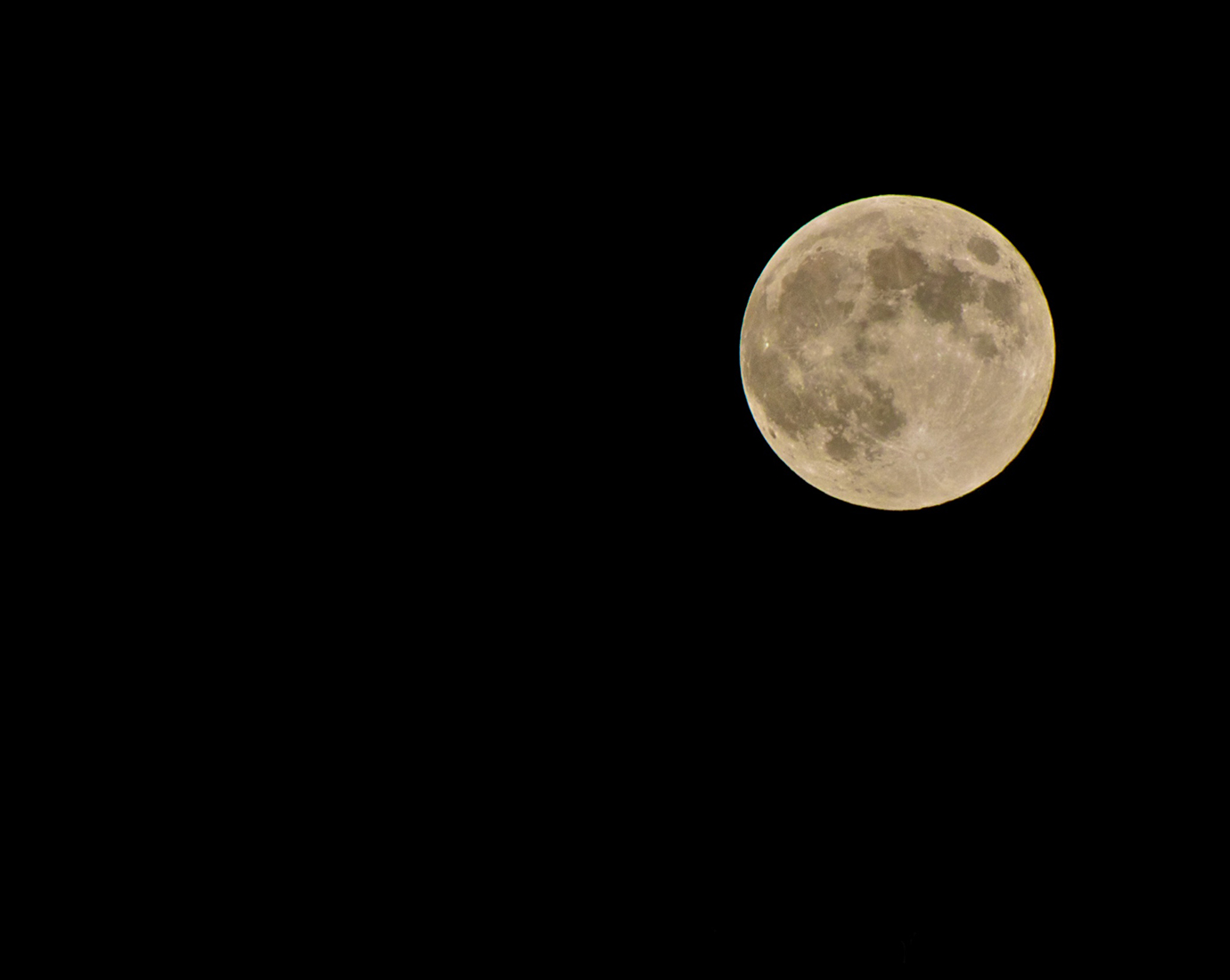Seasonal joy visits every kitchen door
19th Century Japanese Fishermen’s Guild
When I want to refresh the impact of the seasons on my cooking, I think about my first trip to Japan.
It was 1980. I went to help two Japanese restaurant owners, sisters of a friend in New York, put some Western dishes on their Tokyo menu. Afterwards, I spent time traveling by train around the Noto peninsula, which juts north from the main island of Honshu. In the countryside very few people speak more than rudimentary English and my Japanese consisted of a few memorized phrases phonetically written out on the inside cover of my journal.
Wherever I could, I stayed in ryokans, traditional Japanese inns. Even in the most humble lodging, there was a nook with a seasonal scroll and flower arrangement. The custom in ryokans is to take your evening meal in your room and then you are free to join other guests in the lounge for after dinner drinks or tea and conversation. In place of a dinner companion I had my diary and took very detailed notes of everything I ate. I also began to describe and sketch the serving pieces which were also chosen to reflect the season. Wooden plate with red lacquer rim, tiny six-sided porcelain cup, rustic woven bamboo tray, black lacquer square, white and blue fine porcelain bowl with a crab emblazoned in the center, rough brown pottery plate, silver bowl with black lacquer interior–all appeared in progression during one memorable dinner.
In Japan, profound respect for nature is expressed in all the arts. The year is divided not only by summer, fall, winter, and spring but the early, mid and late periods of each season. Like poets, the best restaurant chefs share this sensitivity. The same ingredients, selected at the height of their goodness, appear simultaneously on all the fine restaurant menus. The chefs’ artistry is displayed by their personal interpretations of these same elements.
Cooking methods also reflect the time of year. A chicken salad can make a fine lunch, maybe after a bowl of soup, on a winter day. But the methods of poaching a chicken in summer, stir frying in spring, roasting in the fall, or braising on a cold winter night, with the rich smells warming the house, have an elegant logic.
While these first months in Japan affected me in many ways, the paramount lesson was the importance of using all the senses and all the arts to pay tribute to the four seasons.

